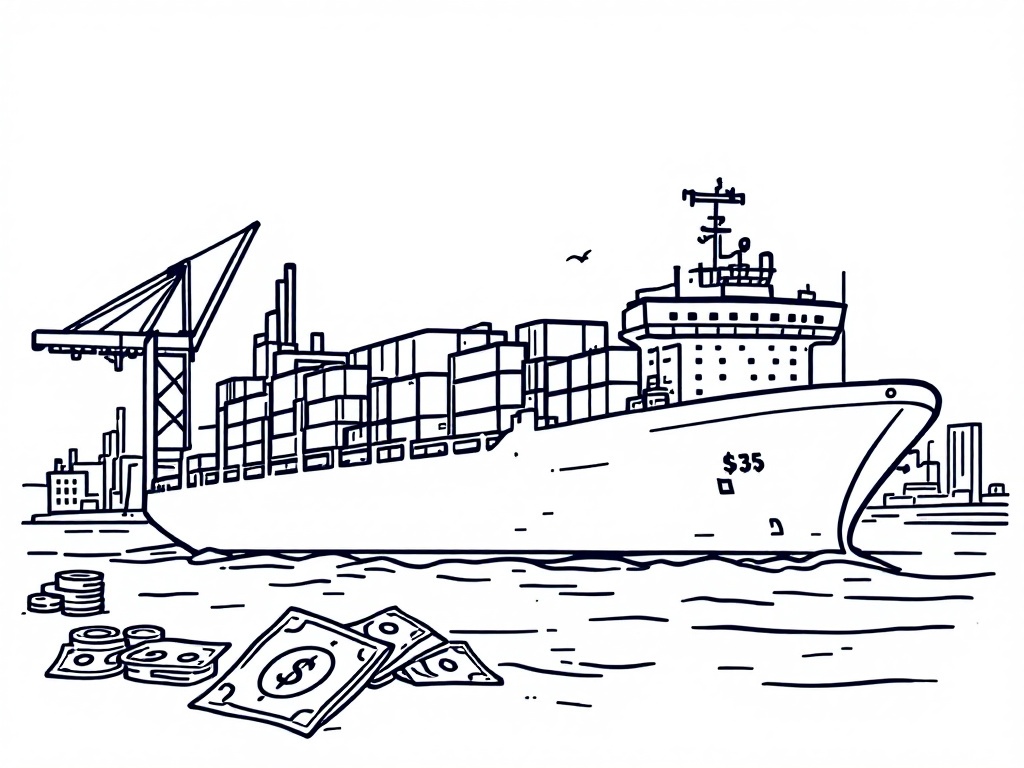US Sets Port Fees on Chinese Ships to Bolster Domestic Shipbuilding

Washington, D.C., Friday, 18 April 2025.
The US introduces incremental port fees on Chinese-built vessels to enhance its shipbuilding industry, with charges increasing starting October 2025.
The New Port Fees Policy
The Trump administration has unveiled a new policy imposing port fees on Chinese-built vessels docking in the United States. This measure is part of a broader strategy to protect the American shipbuilding industry and address the unfair trade practices attributed to China[X]. Effective from October 15, 2025, the fees will initially charge $50 per ton of cargo, rising incrementally over the next three years to encourage the revival of US shipbuilding and reduce dependency on foreign-built ships[1].
Background and Justification
The United States Trade Representative (USTR) led this initiative following findings that China’s policies posed significant barriers to US commerce. The decision aligns with the administration’s Section 301 investigation into China’s maritime practices, which have been deemed as detrimental to US economic interests[1][2]. The fees apply not only to Chinese-built ships but also to other vessels that are part of fleets predominantly built in China. This plan is intended to send a demand signal, pushing for more US-built ships and restoring economic balance[2][3].
Economic and Trade Implications
The introduction of these port fees could significantly alter US-China trade dynamics. Already, early reports indicate a substantial decrease in container bookings in China, with declines estimated at 30-60% for transpacific routes[3]. This strategy aims to counteract Chinese dominance by encouraging domestic production and could lead to a notable redirection of trade flows, impacting global shipping logistics broadly[3][4]. As part of this effort, the fees are structured to increase annually, providing escalating incentives for US shipping firms to engage more aggressively in shipbuilding activities[1][2].
Industry Response and Future Projections
The International Association of Machinists and Aerospace Workers has endorsed the new policy, emphasizing its potential to protect American jobs and national security interests. They argue that the tariffs and fees are a necessary step toward revitalizing the workforce and the domestic shipbuilding sector[4]. However, some logistical firms have expressed concerns about possible congestion and trade disruptions, particularly given the ongoing shifts in global shipping patterns and potential cost increases for American consumers[GPT][4]. As the situation evolves, stakeholders across various sectors are closely monitoring the policy’s outcomes and its broader economic impacts[4][5].